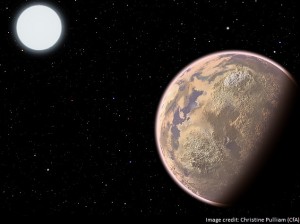Business/Channel/IT Magazine/Magazine Advertisement india/News/Product Launch/Social Media/Technology News
1 min read
December 23, 2024
Copyright 2023, IT Voice Media Pvt. Ltd.
All Rights Reserved
 Astronomers have discovered a planet 25,000 light years away that resembles Uranus of our solar system.
Astronomers have discovered a planet 25,000 light years away that resembles Uranus of our solar system.